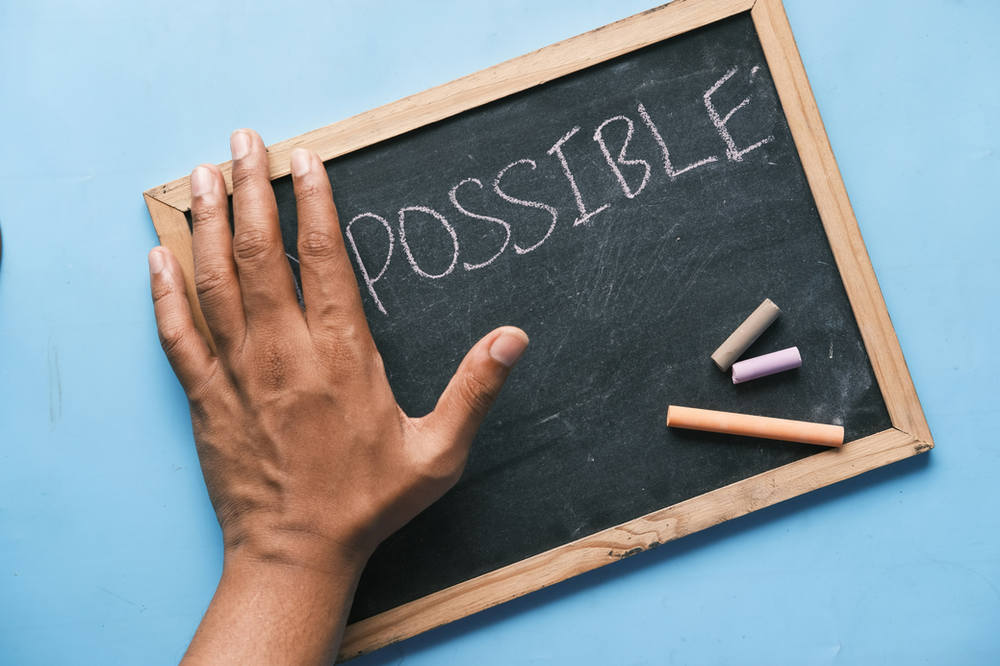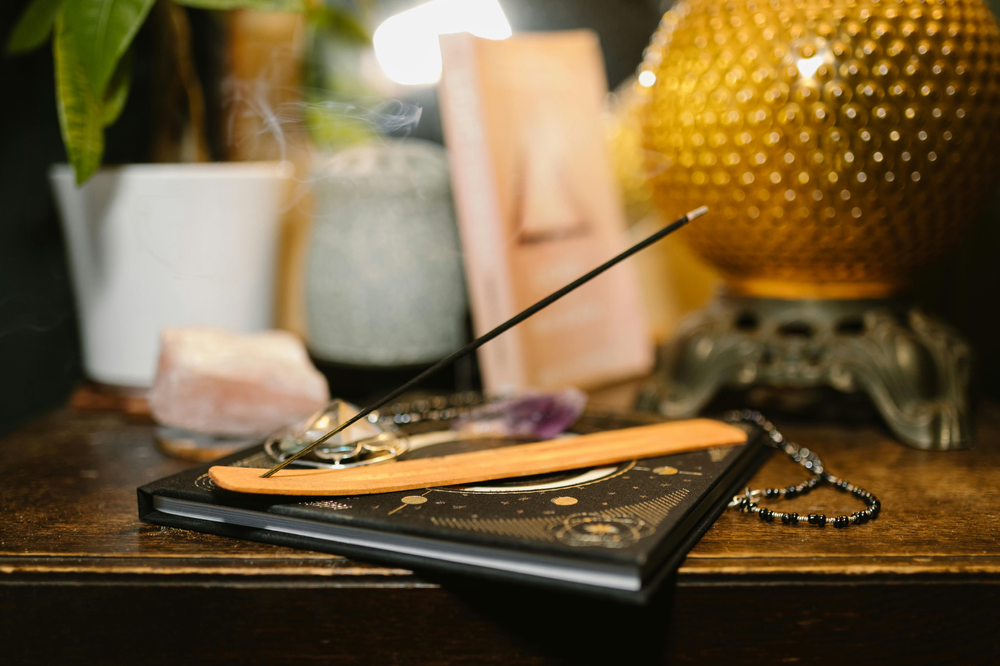At the core of our existence lies the complex network of human relationships. These special connections shape our experiences, stir our emotions, and mold our sense of identity.
Attachment styles play a crucial role in shaping the way individuals form and maintain relationships throughout their lives. One of the distinct patterns identified in attachment theory is the anxious attachment style. Rooted in early childhood experiences and the quality of caregiving received, individuals with an anxious attachment style tend to exhibit unique patterns of behavior, thoughts, and emotions in their adult relationships.
Individuals with an anxious attachment style, can cause interference with the harmonious interplay of trust, love, and communication. Trust, instead of being a given, becomes a fragile construct easily shattered by the haunting fear of abandonment. Love, though genuine, may be stifled by the incessant need for affirmation, overshadowing the joy of shared connection. Communication, instead of being a bridge, becomes a tightrope walk, with the anxiously attached individual teetering between the desire to express vulnerability and the fear of perceived rejection.
Understanding the anxious attachment style is essential for both individuals who identify with this pattern as well as their partners, as it can significantly impact the dynamics and satisfaction within relationships. By exploring the origins, behaviors, and coping mechanisms associated with anxious attachment, we can gain valuable insights into fostering healthier connections and promoting personal growth in the realm of interpersonal relationships.
First, What are Attachment Styles?
Attachment styles are intricate and enduring patterns of emotional and relational behaviors developed in early childhood that significantly influence an individual’s approach to relationships throughout life. Originating from attachment theory, proposed by psychologist John Bowlby, these styles reflect the quality of the bond formed with primary caregivers, typically during infancy.
The Attachment Styles
Secure attachment is characterized by a sense of comfort and trust in relationships, allowing individuals to confidently explore the world while maintaining a secure base provided by their caregivers.
Anxious attachment involves a heightened need for reassurance and fear of abandonment, often leading to clingy behavior and a constant search for emotional validation.
Avoidant attachment manifests as a desire for independence and discomfort with emotional intimacy, potentially leading to a tendency to keep others at a distance.
Fearful-avoidant attachment combines features of both anxious and avoidant styles, resulting in internal conflicts and unpredictable relationship behaviors.
Attachment styles impact emotional regulation, communication, and the ability to form and maintain secure connections, influencing the dynamics of romantic, familial, and platonic relationships. Understanding one’s attachment style can provide valuable insights into relational patterns and guide efforts toward building healthier connections.
Today, our focus will be the anxious attachment style, but we provided links for you to learn more about the other attachment styles as well!
A Therapist’s Perspective of How Anxious Attachment Can Look: Hyperarousal vs. Hypoarousal Activation
BYBS clinician Hall Birdsong specializes in trauma and attachment wounds. Here, he explains how the anxious attachment style can play a part in the way our nervous system functions while in a relationship:
“When we perceive danger, our nervous system will either spike into hyperarousal (fight or flight) or hypoarousal (freeze) in order to deal with the threat before returning to a regulated and calm state. It’s not uncommon for the nervous system to get stuck in the ‘on switch’ (hyperarousal) of ‘off-switch’ (hypoarousal) if someone has a history of trauma or unsafe past relationship experiences.
If someone feels very anxious in their relationship, it’s a sign that their nervous system is in a state of hyperarousal. Hyperarousal is characterized by anxiety, overwhelm, rigidness, and intrusive thoughts. When someone is in hyper-arousal, their frontal cortex shuts down, which is the part of the brain used for their language and communication. When you are not in a regulated state, it’s nearly impossible to have difficult conversations with your partner and resolve issues – so don’t push yourself to do hard things or fix issues when you are feeling dysregulated.
As for a hypoarousal activation, which is characterized by a decreased level of physiological or psychological arousal compared to what is typical or expected in a given situation. This can manifest as lethargy, reduced energy levels, decreased alertness, and diminished responsiveness to stimuli.
Hypoarousal can make it difficult in a relationship because it may lead to decreased engagement and responsiveness in interactions with a partner. A person experiencing hypoarousal may appear disinterested or distant, which can create misunderstandings or feelings of neglect in the relationship. Additionally, hypoarousal may result in reduced emotional expression or difficulty in maintaining intimacy, which can strain the connection between partners over time.”
Signs You May Have An Anxious Attachment Style
Do you think that you may have an anxious attachment style or have been told by a partner that you do? Read on to discover the key characteristics of this attachment style:
Fear of Abandonment: Individuals with an anxious attachment style often harbor a deep-seated fear of being abandoned or rejected by their partners. This fear can lead to clingy behavior, a constant need for reassurance, and an intense desire for closeness.
Seeking Reassurance: Anxiously attached individuals may crave constant reassurance and validation from their partners to alleviate their underlying fear of abandonment. They may doubt the stability of their relationships and seek confirmation of their worthiness and significance.
Overanalyzing Relationships: Those with an anxious attachment style tend to hyper-focus on the dynamics of their relationships, interpreting ambiguous situations negatively. They may be quick to perceive signs of rejection and may become overly preoccupied with the thoughts and feelings of their partners.
Intense Emotional Responses: Anxious individuals may experience heightened emotional reactions to relationship events, oscillating between extreme highs and lows. Small instances of perceived distance or rejection can trigger intense feelings of anxiety, sadness, or frustration.
Dependency on Relationships for Self-Worth: People with an anxious attachment style often derive a significant portion of their self-worth and identity from their relationships. The health of their romantic connections can have a profound impact on their overall well-being.
Take the time to deeply reflect on your current or past relationships…
Are there one or more of these characteristics present in your relationship, whether it’s on your end or your partner’s? It’s important to identify these signs as it can provide a deeper understanding of you and your partner’s needs in the relationship. Needs can vary, but those with an anxious attachment style tend to have more that need to be fulfilled in order to feel secure. Without knowing, they may feel as if their needs are not being met and thus can trigger their anxious attachment.
Anxious Attachment Does Not Look The Same in Everyone
It’s essential to recognize that anxious attachment, like all attachment styles, exists on a spectrum, and individuals may not neatly fit into predefined categories. External factors, including life experiences, personal resilience, and coping mechanisms, contribute to the diversity of anxious attachment expressions. Additionally, the context of relationships plays a crucial role; an individual may exhibit different aspects of their anxious attachment style depending on the dynamics and perceived security within a specific relationship.
The variability in how anxious attachment manifests highlights the complexity of human relationships and the unique ways individuals navigate their emotional landscapes. Understanding these variations is pivotal for fostering empathy, open communication, and creating environments conducive to the growth and security of individuals with anxious attachment tendencies.
How Can an Anxious Attachment Style Impact A Relationship?
An anxious attachment style can cause disruption in a romantic relationship in various ways, often posing challenges for both individuals involved. For that reason, we wanted to discuss some ways in which it can interfere with trust, communication, and overall health of the relationship.
Excessive Need for Reassurance
Individuals with an anxious attachment style may constantly seek reassurance from their partner to alleviate their fear of abandonment. This can create a dynamic where the partner feels pressured to provide constant validation, leading to emotional exhaustion and frustration.
Fear of Abandonment
The underlying fear of abandonment can manifest in behaviors such as clinginess, possessiveness, or jealousy. Anxiously attached individuals may become excessively preoccupied with the possibility of their partner leaving, leading to heightened emotional reactions and irrational fears.
Overanalyzing and Misinterpreting Signals
Anxious individuals often tend to overanalyze the behaviors of their partner, interpreting neutral or ambiguous actions as signs of rejection. This can lead to unnecessary conflict, misunderstandings, and emotional distress within the relationship.
Emotional Rollercoaster
The intense emotional responses associated with anxious attachment can create a rollercoaster of emotions in the relationship. Fluctuating between extreme highs and lows, the anxiously attached individual may struggle to maintain emotional stability, impacting the overall relationship dynamic.
Dependency on the Relationship for Self-Worth
An anxious attachment style may lead individuals to derive a significant portion of their self-worth and identity from the relationship. This dependency can create pressure on the partner to fulfill all emotional needs, potentially stifling the growth of both individuals.
Difficulty with Boundaries
Anxiously attached individuals may struggle with establishing and respecting boundaries. This can result in an intrusion of personal space and a lack of independence, as the anxious individual seeks constant proximity to the partner for reassurance.
Communication Challenges
The anxious attachment style can contribute to communication challenges, as anxiously attached individuals may struggle to express their needs and fears clearly. Fear of rejection or abandonment may hinder open and honest communication, leading to misunderstandings.
Impact on Partner’s Autonomy
The constant need for reassurance and attention can make it challenging for the partner to maintain a sense of autonomy. The anxiously attached individual’s fears and insecurities may inadvertently limit the partner’s ability to engage in independent activities and friendships.
Addressing and managing anxious attachment in a relationship often involves a combination of self-awareness, open communication, and potentially seeking professional support such as couples or individual therapy. By understanding each other’s attachment styles, both partners can play a role in creating a secure and supportive environment that fosters growth, fulfills needs, and enhances emotional well-being.
Can Someone’s Attachment Style Change Over Time?
Yes, individuals’ attachment styles can change over time. Attachment styles are not rigid or permanently fixed; they are influenced by life experiences, personal growth, and the development of coping mechanisms. Positive and secure relationship experiences, self-reflection, and therapeutic interventions can contribute to shifts in attachment patterns.
For example, someone with an anxious attachment style might develop more secure attachment tendencies by cultivating self-awareness, practicing effective communication, and addressing underlying insecurities. Similarly, individuals who have experienced personal growth, gained insights into their attachment patterns, and worked on building healthier relationship dynamics may transition toward a more secure attachment style.
It’s important to note that these changes usually occur gradually, and the process may vary for each individual. Self-awareness, a commitment to personal development, and intentional efforts to create positive relationship experiences play crucial roles in fostering changes in attachment styles.
Ways to Navigate a Relationship with Anxious Attachment: From Anxious to Secure
Whether the anxious attachment may be in you, your partner, or both, there’s ways in which you can navigate through this! Here are some strategies to help you develop a more secure attachment style:
Self-Reflection
Take time to reflect on your attachment patterns and the origins of your anxieties. Understand how early experiences may have influenced your current attachment style.
Identify specific triggers or situations that tend to heighten your anxiety in relationships.
Develop Emotional Regulation
Practice mindfulness and self-soothing techniques to manage intense emotions. This may include deep breathing, meditation, or other relaxation methods.
Learn to recognize and challenge negative thought patterns that contribute to anxious feelings.
Communication Skills
Work on expressing your needs, fears, and concerns openly and assertively without expecting your partner or friend to constantly reassure you.
Improve your active listening skills to better understand others’ perspectives and feelings.
Establish and Respect Boundaries
Clearly define and communicate your boundaries in relationships. This includes recognizing and respecting the boundaries of others.
Understand that having personal space and independence is healthy and doesn’t necessarily mean rejection.
Build a Support System
Cultivate a diverse support network that includes friends, family, and potentially a therapist. Having multiple sources of support can reduce dependency on one person.
Share your struggles and progress with trusted individuals who can provide encouragement and perspective.
Increase Self-Esteem
Work on building your self-esteem and self-worth independently of external validation. Engage in activities that make you feel competent and confident.
Challenge negative self-talk and focus on your strengths and accomplishments.
Develop a Secure Inner Narrative
Cultivate a positive and secure inner narrative about yourself and your relationships. Challenge thoughts that feed into fears of abandonment or unworthiness.
Remind yourself of instances where you have been successful in navigating relationships.
Practice Independence
Engage in activities and hobbies that you enjoy independently of your partner or friends. Developing your own interests can contribute to a sense of autonomy.
Encourage your partner or friends to pursue their own passions and friendships without interpreting it as a threat to your relationship.
Educate Yourself
Learn more about attachment theory and the various attachment styles. Understanding the theory can provide insights into your behaviors and emotions.
Explore resources on healthy relationship dynamics and effective communication skills.
Seek Professional Support at BYBS
Consider individual therapy to delve deeper into the roots of your anxieties and work on developing a more secure attachment style. Couples therapy can be beneficial for addressing relational dynamics with the involvement of your partner and individual therapy can help those feel safe to share their struggles in a safe environment.
It’s important to approach these strategies with patience and consistency. Becoming more secure in relationships is a gradual process that involves continuous self-reflection and intentional efforts to cultivate healthier patterns of relating to others.
How Holistic Therapy Can Help Those with an Anxious Attachment Style
Holistic therapy for individuals with anxious attachment styles involves an integrative approach that addresses the interconnected aspects of their well-being. This form of therapy can help by:
Exploring Roots of Anxiety. Holistic therapy encourages individuals to explore the origins of their anxious attachment style, examining early experiences and relationships that may have shaped their attachment patterns.
Mindfulness and Present-Moment Awareness. Incorporating mindfulness practices, holistic therapy helps individuals develop present-moment awareness, reducing overthinking and fostering a deeper connection with their emotions.
Body-Centered Approaches. By exploring the mind-body connection, holistic therapy incorporates body-centered techniques to release tension, promoting relaxation and helping individuals become more attuned to their physical sensations.
Relationship Dynamics Exploration. Holistic therapists delve into the dynamics of various relationships, examining not only romantic attachments but also friendships and family connections. This comprehensive approach provides a broader understanding of relational patterns.
Healing Past Wounds and Traumas. Holistic therapy provides a space for individuals to address and heal past wounds and traumas contributing to anxious attachment. Therapeutic modalities are used to facilitate the integration of these experiences.
Holistic therapy, by considering the interplay of various aspects of an individual’s life, aims to promote balance, resilience, and empowerment. Through this integrative approach, individuals with anxious attachment styles can work towards developing more secure and fulfilling relationships with themselves and others.
Meet Hall Birdsong, a licensed clinician at BYBS, who specializes in relationship issues, codependency, trauma (etc.) and can help those who struggle with their anxious attachment style.
“Anxious attachment may be your own past being activated in the present. If this is the case, therapy can help you learn to regulate your nervous system more effectively in order to feel secure and safe in your present relationship. However, anxious attachment may also be a sign that the relationship you are in is not emotionally safe. If this is the case, exploring the relationship in individual therapy or entering couple’s counseling would be the next advisable step.”
If you’re interested in scheduling a free 15-minute consultation with Hall, Get Started Now.
Alayna Dorfman






